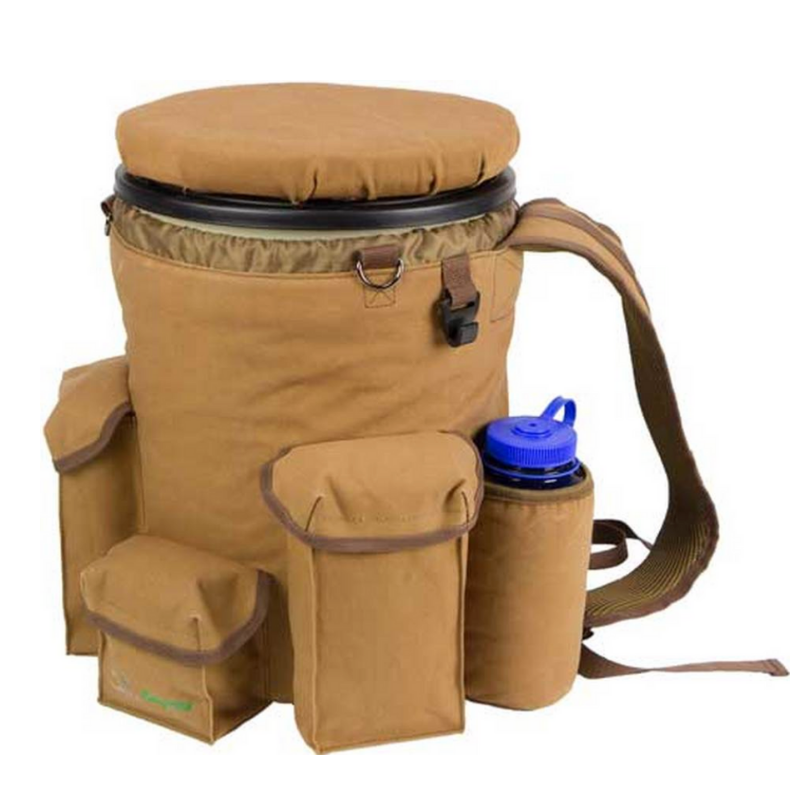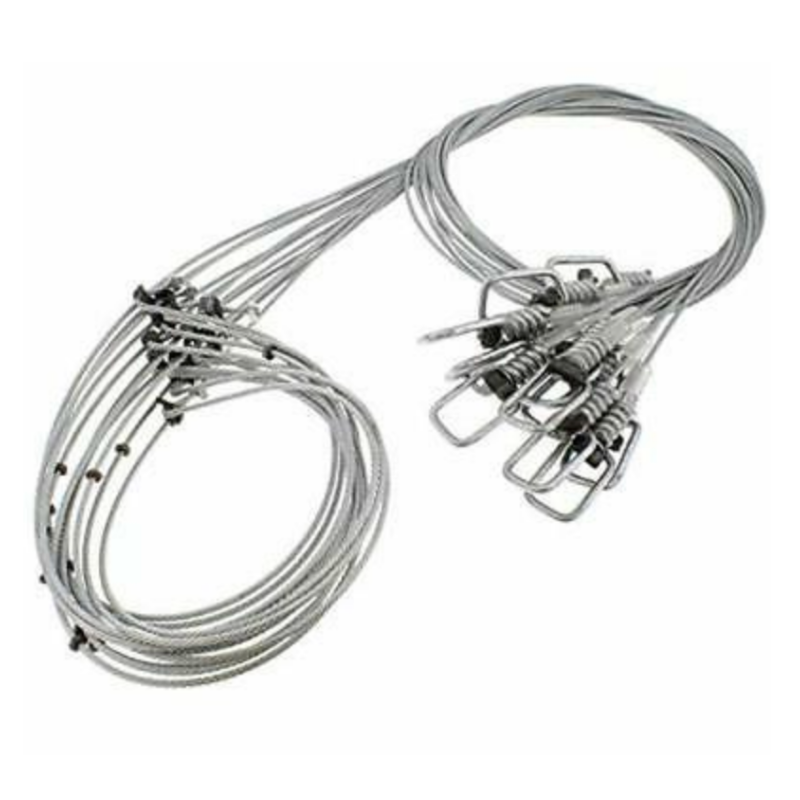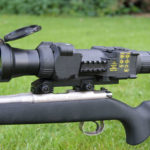The fox has long been considered one of the smartest animals on the North American continent. They are well known for their keen observation skills and ability to elude humans who are looking to trap or hunt them. When it comes to fox trapping, you’ll want to pay very specific attention to every item of your trapping method to make sure you aren’t making small mistakes that a fox might pick up on.
Foxes can be found throughout much of the North American continent, especially in the eastern United States and Canada. There are 12 different kinds of species of foxes left on the earth today, many of them residing in North America, with the most common species being the red fox.
How to Trap Fox 101
We have done the research and put together a step by step guide on how to trap fox. The information we are about to cover will be helpful whether you are just starting out, or if you need a refresher.
Preparing your traps
When it comes to preparing your traps and everything else you plan to use in the field, you’ll want to be very careful not to leave unwanted human or other scent on the traps or other material. It’s a good idea to wear a good pair of gloves when handling your traps and everything else you plan to take into the field with you. You’ll also want to properly boil your traps in order to make sure they have absolutely no odor on them that a fox might pick up on.
A super easy and convenient way to carry trapping supplies out to the woods.
Natural Sets
Foxes are well-known for their ability to pick up unnatural scents in their habitat, but their eyes are just as keen and able to spot something that looks array. Expert trappers have long held the opinion that everything about your trapping method must look as natural as possible in order to catch a fox.
When digging holes, it is often best to try and make your holes look like they’ve been dug by a small animal like a gopher or other naturally occurring animal to the area. When you’re creating guides leading to your traps, you’ll also want to avoid making things look man made and not to form a pattern with any kind of fallen limbs or pieces of bark. Remember, the key here is to make everything look as natural as possible.
Throughout your trap-setting process, you’ll also want to avoid leaving any kind of sign or scent along the way. It is known that foxes will often follow game trials and even roadways through the forest, but if they detect crushed grass where a human has stepped, it could spook them in the same way as picking up an unwanted scent.
Be sure to wear rubber boots that will conceal any kind of scent that could possibly be left behind and take care that you don’t leave tracks leading to and from your traps.
Choosing the right spot
Be sure that you know the area very well, or have good intel that foxes are in the local area before you go setting traps. If there aren’t any sign of foxes around, you’ll only be wasting your time and effort setting traps. Look for the signs first, then choose where to set your traps. Stick to areas with abundant populations of small game like rabbits, field mice, grouse and other animals that foxes love to hunt throughout the year.
Wind direction will play a major role in selecting the exact location where you want to place your traps. You’ll want to pick a spot where the wind typically will carry the lure’s scent down to passing foxes or near their den.
These are the snares that we use for trapping yotes and other small - medium game. They're also super popular amongst trappers.
Related Article: Coyote Trapping 101
The Dirt Hole Set
One of the most common type of set for both coyote and fox trapping is the dirt hole set. The key to the dirt hole set is to prepare the bed of your trap area to make it look natural and as level as possible. Dig a foundation and set your trap on the floor of the bed so that a passing fox wont tip the trap over if it steps on the jaws instead of the plate.
It is best to dig your hole on the side of a field or road bed where the banks offer a good vantage point for you to dig a hole that is about 45 degrees and facing an approaching fox. One of the most important parts of a dirt hole set is creating a funnel that will guide the fox into the dirt hole from just the right angle. Get your scented fox lure on the end of a stick and place the stick inside the hole.
Once you’ve made sure your trap is set on level ground about six inches in front of the hole, you’ll want to cover and camouflage it as best you can with any naturally occurring debris or dirt found nearby. Remember, make it look as natural as you can.
Blind Trail Sets
Another kind of set that is most common for fox trapping is the blind trail set. This type of set does not require the use of scents or lures and focuses on trails that the fox has obviously used. Look for droppings or other signs along game trails that will tell whether foxes have been using the specific trail you plan to place your set on.
This set is best placed near a log or limb that’s across the trail, forcing the fox to step on a particular spot in order to avoid making noise or unnecessary efforts. Make sure you dig down a bit and place your trap level with the ground before covering it with grass, dirt and other naturally occurring debris.
One slight variation of the blind set is the dirt hole trail set which places a trap on either side of a hole dug along a known fox trail. With this method, you’ll want to use the same principles as the dirt hole set and place your trap in a bottleneck near the hole, or a bend in the trail where the fox is most likely to step and trigger the trap.
Related Article: Raccoon Trapping 101
And That is Fox Trapping 101
Thank you for reading fellow trappers! Best of luck.










